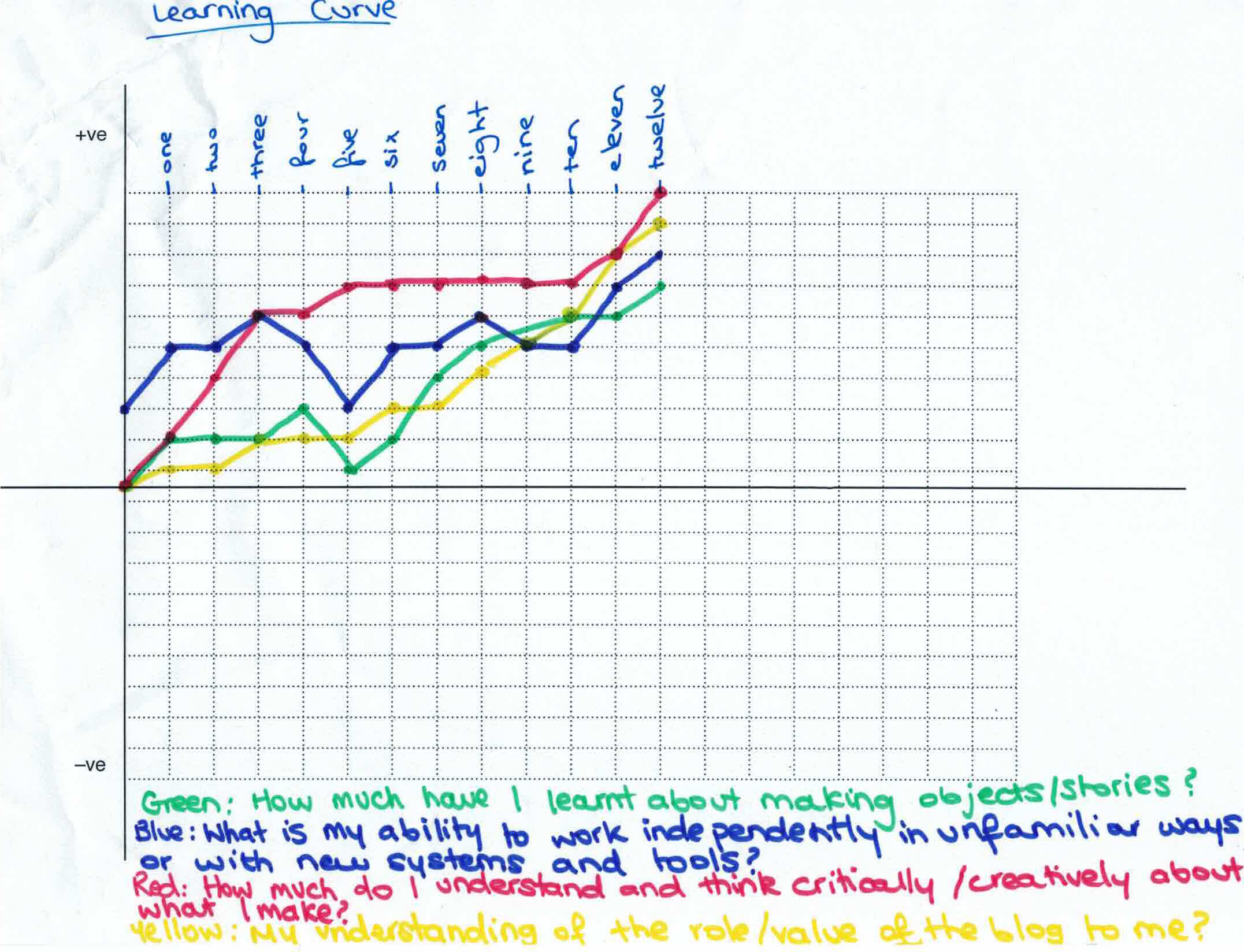Well the semester has come to a close and what can I say, it’s been a busy but insightful 12/13 weeks. I feel blessed to have been accepted into this course, it has been my dream since I was in primary school.
This semester I have learnt quite a lot within my elective and contextual study for this course, Popular Culture and Cinema Studies respectively. However I have to admit, Media has definitely been the basis for the things I have learnt.
I found the individual work more challenging than group work which I think was more a function of the fact that we had to do a lot of filming, something that is definitely not my forté at all. Whilst the group work was hard at times because often it was impossible to get everyone to do their work at the same time and to catch up due to various other commitments, I think have more than one brain doing research really enabled our Project Brief 4 to give a very deep insight into what we discovered about media ‘Texts’. Here is a blog post I wrote during this time to outline the task and to reflect: https://www.mediafactory.org.au/samantha-beniac-brooks/2015/05/26/feedback-in-class-group-work-project-brief-4/
Within my own creative practice, I think that looking and reflecting on the things around me has been really important as it allows me to have something to work up to or outdo. An example of this is the post I made reflecting on Sound Design within film. I have always loved film and seek to hopefully further my knowledge in the area in the near future. When reflecting on others work, I often make myself more inspired to create something quite similar but completely unique to my tastes. Here is the blog post I made about Sound Design in cinema: https://www.mediafactory.org.au/samantha-beniac-brooks/2015/05/24/sound-design/
To follow on from the theme of me loving sound, I thoroughly enjoyed the Week 7 Lectorial which gave the Media 1 students an insight into the world of sound in which I had no idea about. These lectorials have been important in providing a basis for what us media students have been learning this semester whilst also relating these things to the world beyond Level 11, Building 80. Here is a post reflecting on the lecture: https://www.mediafactory.org.au/samantha-beniac-brooks/2015/04/21/week-7-lectorial-reflection/
This semester, I have also become quite aware of the media that surrounds us and the way in which it is presented to us as an audience. It is amazing when I walk down Swanston Street and I feel quite ‘bombarded’ by the media texts that surround me almost as if there is no way out (which is a little scary at times). However there is a good side. I watched the Logies during the semester and something that stood out for me was the way in which Carrie Bickmore wore a beanie to raise awareness for Brain Cancer. I love the way in which celebrities use their power and fame to not just promote themselves and their product, but to raise awareness for charities and give information about these diseases. Here is a blog post I wrote after the Logies where I discuss the night and my reflection of Carrie’s wonderful gesture: https://www.mediafactory.org.au/samantha-beniac-brooks/2015/05/05/the-media-and-raising-awareness/
I have also loved doing the readings this semester and tried to realise how important they are for not only myself as a media practitioner but also to gain knowledge and to become more open-minded within my creations and also the creations of others. Here is a blog post reflection on a reading we were given in the first week of classes seeking the difference between a selfie and a self-portrait: https://www.mediafactory.org.au/samantha-beniac-brooks/2015/03/03/whats-the-difference-between-a-selfie-and-a-self-portrait/
And finally, here is a Learning Curve for showing progress in Semester 1 for Media 1:








